Figures foster hope, but children still suffering
The shameful plight of Indigenous children in care in Western Australia may finally be changing, unpublished figures show.
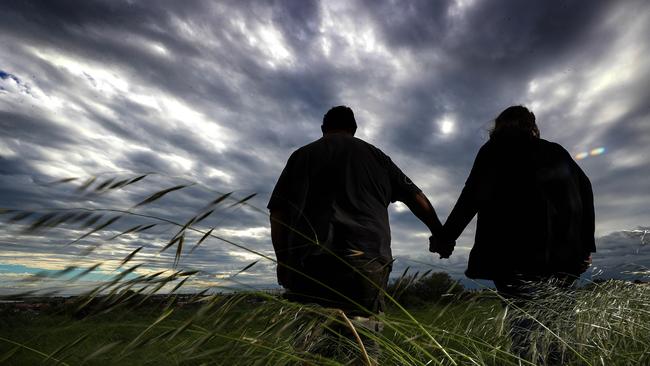
It’s the shocking — and shameful — figure that successive West Australian governments watched climb for more than two decades.
More than 57 per cent of kids taken from their families and placed in care in WA are Indigenous. That’s up from 22 per cent in 1996, in a state where only 6.3 per cent of children are Indigenous. Nowhere else in Australia are child protection officers more involved in the lives of Aboriginal families compared with non-Aboriginal families.
Now, unpublished figures obtained by The Australian show there are signs of a reversal. The number of Indigenous children in care fell 0.8 per cent in the year ending June 30, 2021, in WA.
It’s been slow progress driven partly by community-controlled organisations such as the Wungening Aboriginal Corporation, which works with about 250 families every year, sending support workers into the homes of parents at risk of losing their children to the foster care system.
That program — where parents learn to cook, budget and make decisions that will get child welfare officers out of their lives — has had remarkable success. More than 90 per cent of families make changes that satisfy child protection authorities within a year.
And yet there are new, unforeseen issues emerging. Some non-Indigenous foster carers, who for years have looked after children from troubled homes, say they are concerned the McGowan government is too eager to atone for past practices, ignoring red flags and making decisions in haste.
Melissa and John — not their real names — have been at war with the state’s child protection authorities, known as Communities, since January. That’s when they went to police with an allegation that the children’s biological father had sexually assaulted the oldest of three young Aboriginal children in their care, a girl who was only three years old.
She had allegedly told Melissa that her biological father had taken her, during a supervised visit at a park, to a public toilet and put his finger inside her vagina
At the time of the disclosure, Melissa said, the girl had already complained her father hugged her too much on access visits.
“(She) started having nightmares and night terrors,” Melissa told The Australian. “She stopped sleeping through the night and her toileting regressed.”
However, the girl did not make any disclosure during an investigation that followed, a hospital examination found nothing to support an allegation of assault, and police were not satisfied that any abuse had occurred.
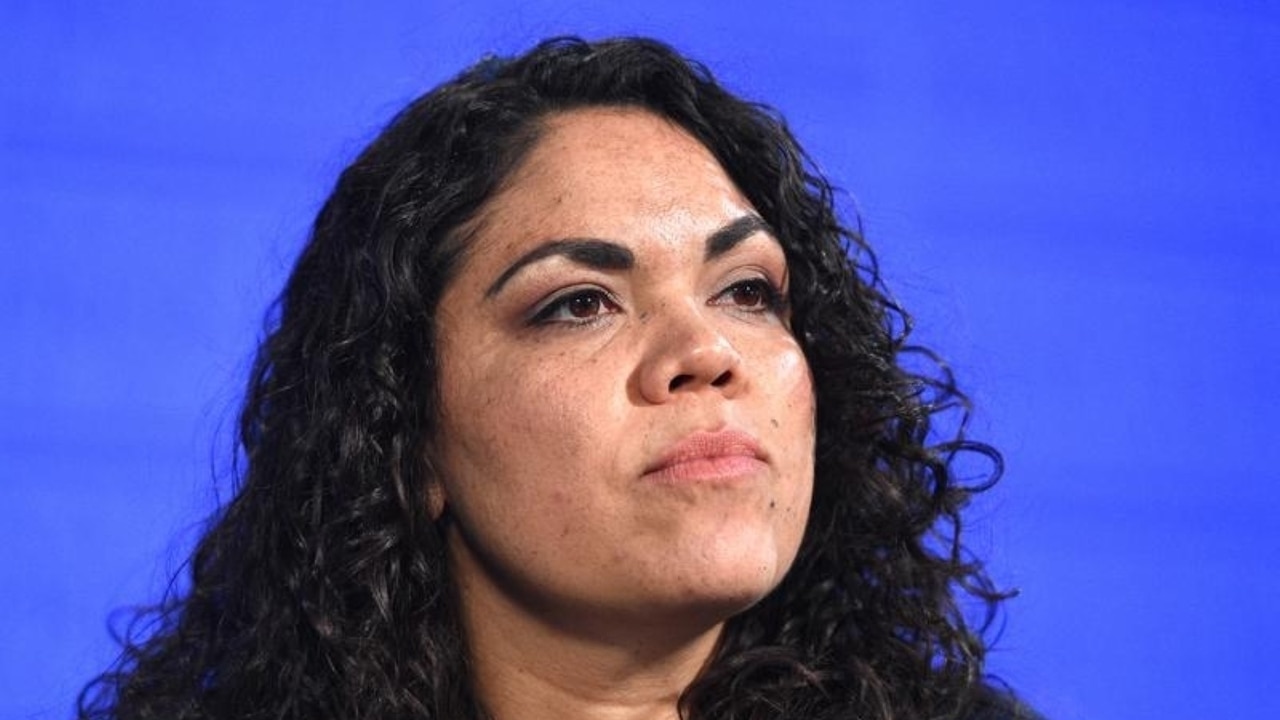
An independent investigation conducted for Communities also failed to establish abuse.
In the fallout, the girl’s biological mother learned Melissa had made the initial report to police and became extremely hostile.
Then, Melissa said, Communities told her the girl’s biological family had countered that her husband John had abused the girl.
This was confusing, Melissa said, since John had seen the biological mother in the street and she had told him she knew he would not hurt her daughter.
In Communities’ view, Melissa and John’s care of the children was now unworkable because the department considers a respectful relationship between foster carers and biological parents essential. Instead, the three children were taken out of foster care and returned to the family.
Since then, Melissa and John say, they have been ignored, maligned and treated appallingly over what was their genuine fear that the children were unsafe.
Melissa said she was on anti-depressants and John had experienced suicidal thoughts.
Communities had already planned to reunify the children with their parents but their return home was fast-tracked after what the department deemed a total breakdown in the relationship between the children’s foster carers and their biological parents.
Melissa blames Communities for this because, she claims, it was one of their own staff who revealed to the girl’s mother that it was Melissa who reported the sexual assault allegation.
“The Department of Communities does not protect children. They are racist and have a much lower standard for Aboriginal children,” Melissa said.
Communities has conceded it failed to properly communicate to Melissa and John before and after they took the three children from their home and reunified them with their parents.
“During foster care recruitment processes, information provided by Communities is very clear about the requirement for Aboriginal and Torres Strait Islander children to have the opportunity to remain connected to their country, family, culture and community,” said Lindsay Hale, a Communities executive director.
“On occasion, there may be differences of opinion regarding decisions … however, all decisions are made with the best interests and safety of the children as the primary consideration.”
Another foster carer told The Australian of a seven-year-old Aboriginal girl reunited with her family despite having had only two home visits in five years.
Mike, not his real name, said he urged Communities to arrange for more visits with her biological parents before permanent reunification. Instead, Communities sent the police to collect the girl.
“(The girl) was so distressed that she locked herself in a bedroom and refused to leave. She cried all day,” Mike said. “ What a tragic way for (her) to be removed from a loving environment. What psychological scars will this have on her growing up?”
Still, child protection systems and foster care will always be complicated, and never perfect.
That was one of the key conclusions Megan Davis, a constitutional law academic, outlined in a lecture given at Curtin University in June after being given unprecedented access by the NSW government to case files of 1144 Indigenous children in care.
Professor Davis and her team documented a child protection bureaucracy steeped in what she calls “the comfort of ritualism”.
Case workers were frightened of lawyers and guided by a desire to be compliant regardless of whether what they were doing made sense to them.
“If the workplace culture is about risk aversion – and many are – then one is likely to minimise those innate skills as a case worker that invite risk such as intuition and instinct,” she said. “They’re not thinking about intuition and instinct, they are just thinking about getting a rap over the knuckles from the … lawyers.”
In WA, there has been an increasing focus on having community organisations intervene early, working with families who are just under the Communities threshold for removal.
That’s where Wungening becomes involved. Soon it will expand beyond Perth to the regions.
An independent analysis of the program has found it is highly successful. Among the parents with kids at risk of removal, 91 per cent had made changes to satisfy child protection authorities after one year. Among parents who had already lost their kids, 40 per cent made changes and got them back within a year.
“We don’t have problems having frank conversations with our community,” says Wungening chief executive Daniel Morrison.
His program will cost $10.3m over the next two years. But it is still cheaper than removing thousands of children. Foster care costs the state about $123 per child per night through its contractors; group homes cost up to $2000 per child per night.
Programs such as Wungening will be crucial to the success of the new Closing the Gap agreement, which relies heavily on Aboriginal community-controlled organisations for solutions.
Among the 17 Closing the Gap targets is a commitment from all states and territories to reduce the rate of Indigenous children in protection by 45 per cent by 2031.



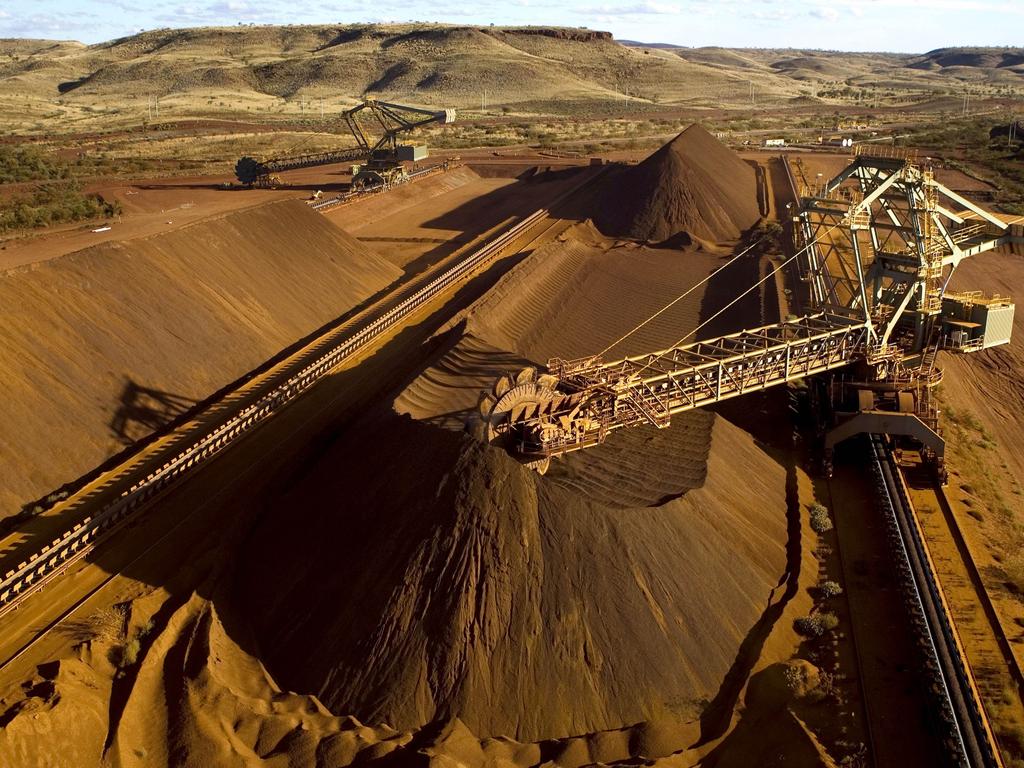
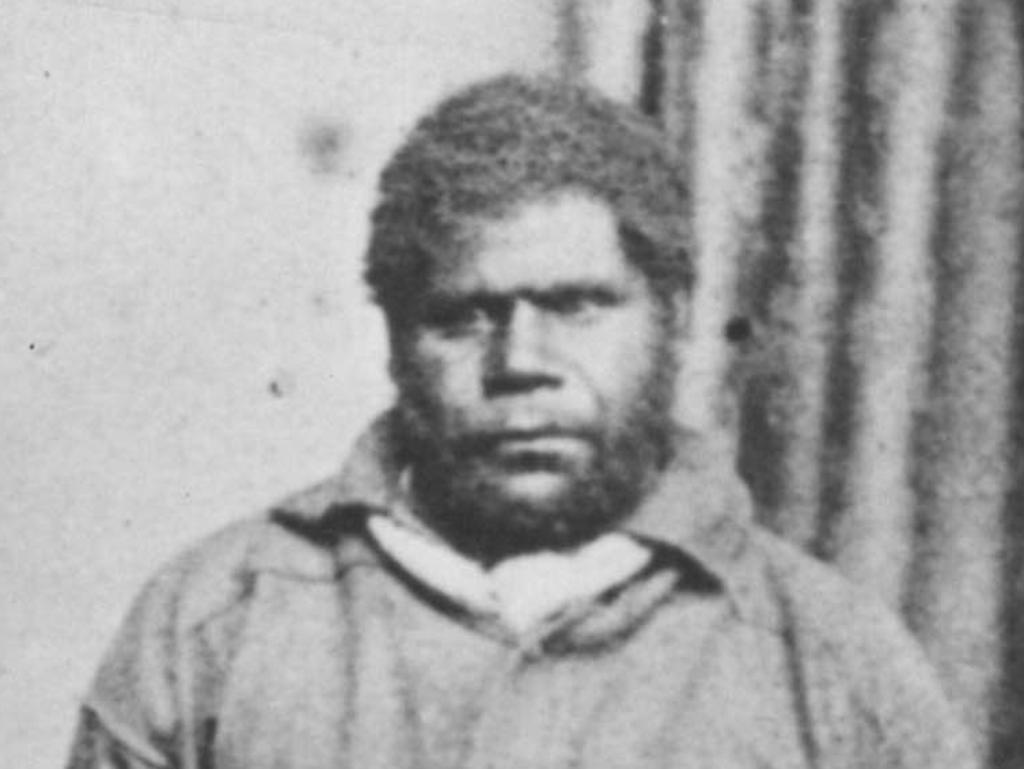
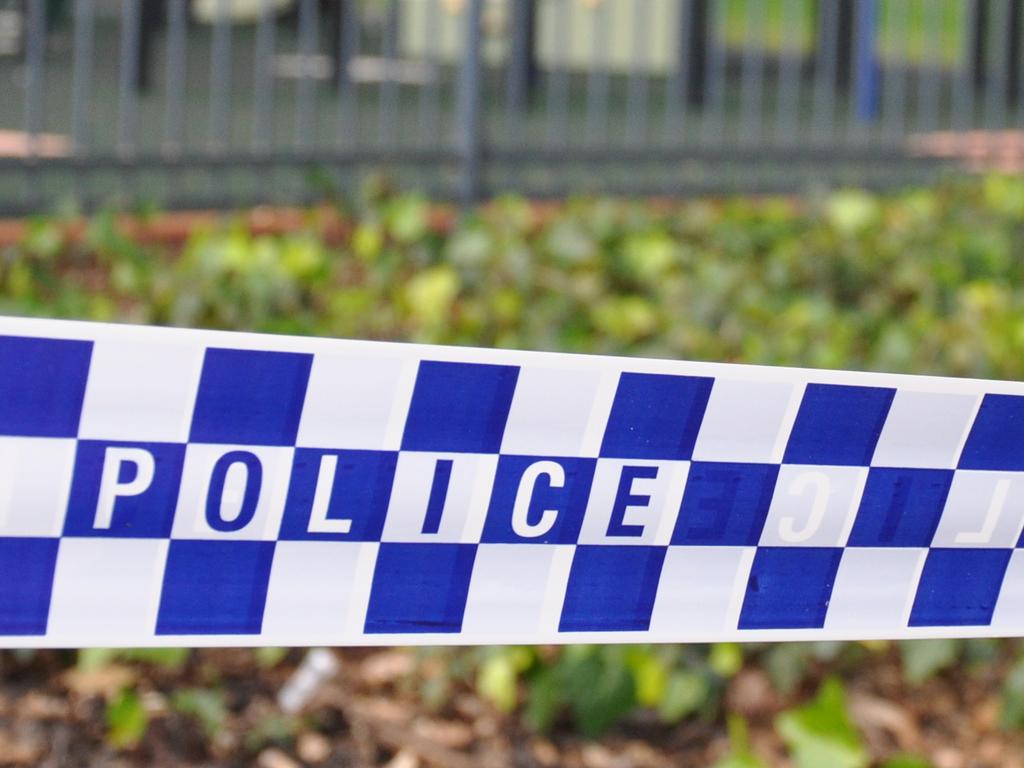

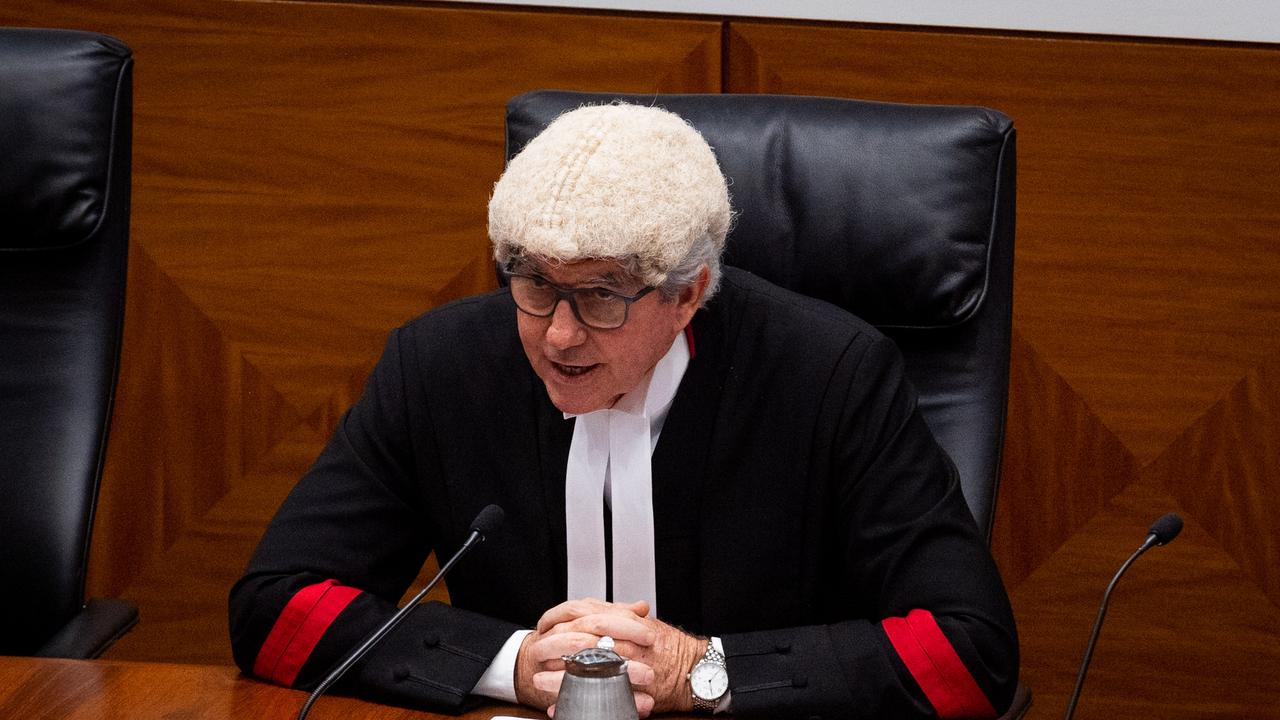
To join the conversation, please log in. Don't have an account? Register
Join the conversation, you are commenting as Logout